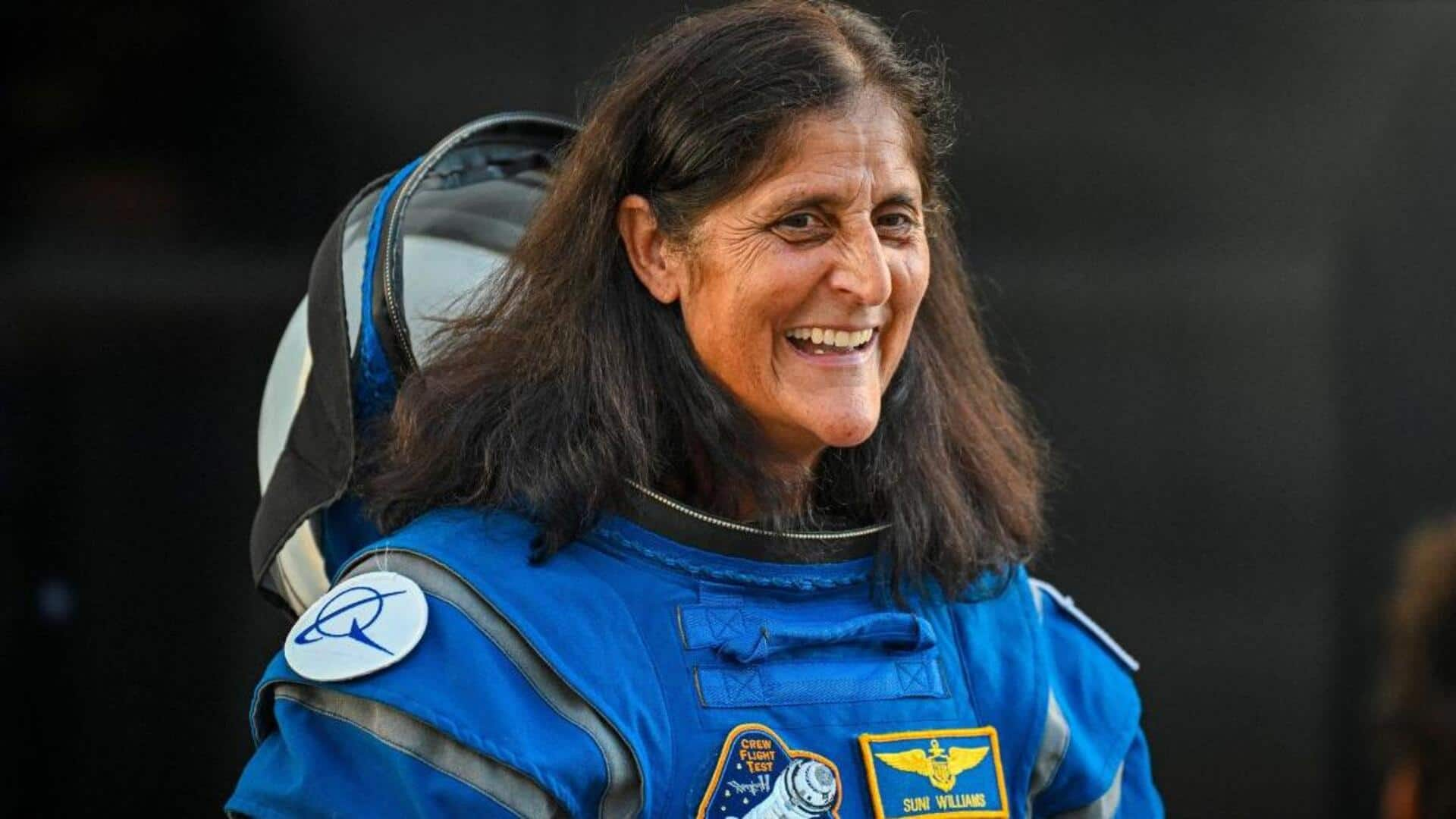
Sunita Williams back to work after long space mission, rehab
What's the story
NASA astronauts Sunita Williams and Barry Wilmore are back at work after a lengthy stay in space and weeks of physical therapy. The duo returned to Earth in March after a nine-month stint aboard the International Space Station (ISS). They are now working with Boeing and various NASA programs. "Right now, we're just coming off of the rehab portion of our return," Wilmore said in an interview with Reuters on Wednesday.
Re-adaptation process
Astronauts adapt to life on Earth
Wilmore and Williams have spent at least two hours a day with astronaut strength and reconditioning officials within NASA's medical unit. This is part of their standard 45-day period for readapting to Earth's gravity after long-term space missions. "Gravity stinks for a period, and that period varies for different people, but eventually you get over those neurovestibular balance type of issues," Wilmore added.
Recovery challenges
Post-spaceflight recovery and work commitments
Williams revealed that some of her post-spaceflight side effects took longer to clear up, making her feel tired in the late stages of recovery. This was due to the re-engagement of dozens of different muscles. "Then I'm up at four in the morning, and I'm like, Aha! I'm back," she said. Even with all these challenges, both astronauts have juggled their increasing workload with Boeing's Starliner program and NASA's space station unit in Houston.
Physical hurdles
Wilmore's physical challenges
Wilmore had some pre-existing issues with his back and neck before heading to space. However, these problems were resolved in space where "you don't have any stress on your body." But upon returning in March, gravity greeted him with the same neck pain he had left on Earth. "We're still floating in the capsule in the ocean, and my neck starts hurting while we still hadn't even been extracted yet," he joked.
Starliner issues
Starliner's challenges, astronauts advocate for uncrewed flight
Boeing's Starliner encountered propulsion system issues, forcing NASA to bring the capsule back without its crew last year. This incident raised questions about the spacecraft's readiness for future manned missions. Williams suggested that reflying Starliner uncrewed "seems like the logical thing to do," citing successful uncrewed missions by SpaceX and Russian capsules before they carried humans aboard.